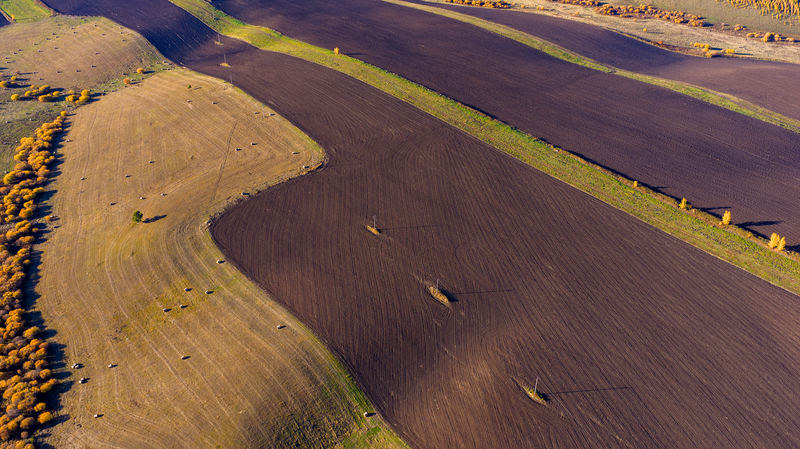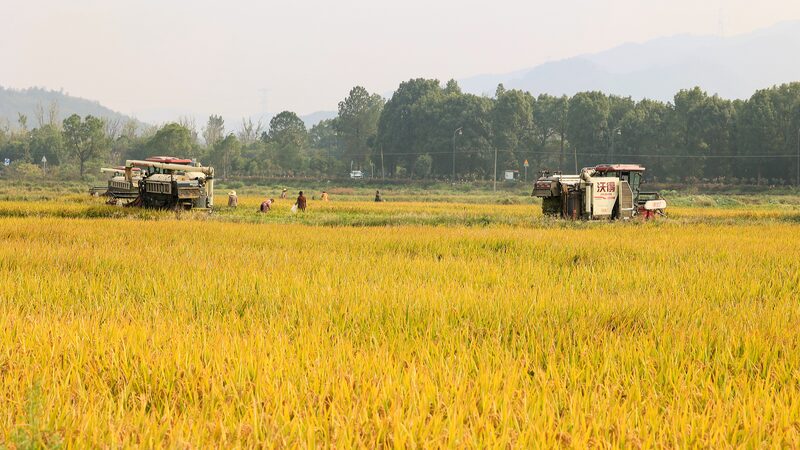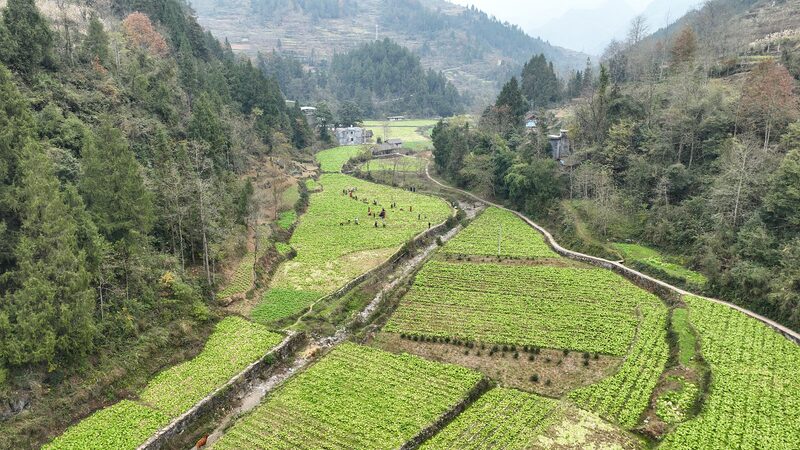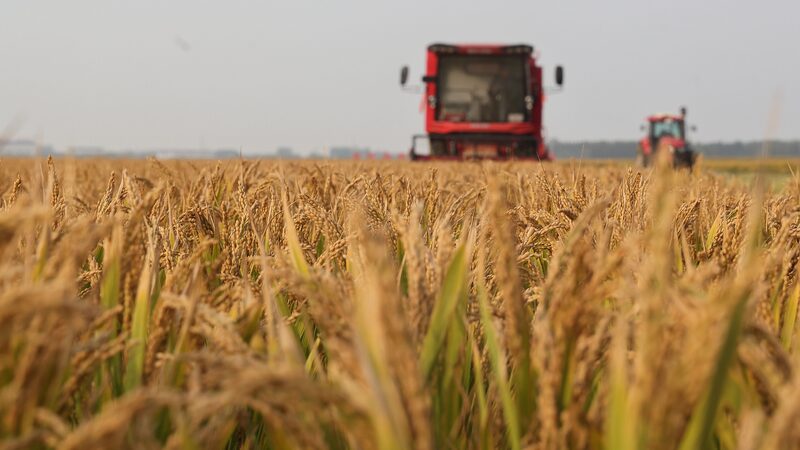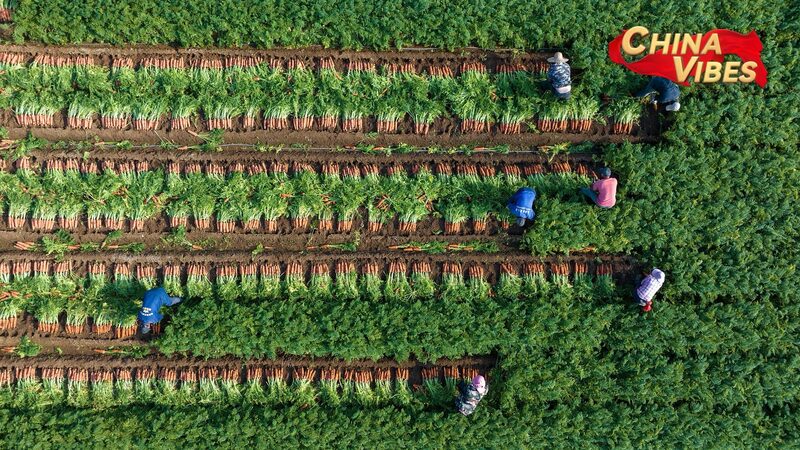As global food systems face mounting pressure from climate change, China's successful restoration of 400 million mu (26.67 million hectares) of degraded black soil stands as a landmark achievement in agricultural sustainability. Through innovative techniques implemented during the 14th Five-Year Plan period (2021-2025), including no-till farming and protective cultivation, the country has transformed what was once deteriorating farmland into a thriving foundation for future harvests.
The Fertility Frontier
Black soil, containing up to 10% organic matter compared to standard farmland's 2-3%, now supports 25% of China's total grain output. 'We've seen corn yields increase by 15% since adopting straw return methods,' shares Wang Lin, a fourth-generation farmer from Heilongjiang province.
Climate-Resilient Agriculture
These restoration efforts come as the UN Food and Agriculture Organization warns of decreasing global agricultural productivity. China's approach not only prevents annual topsoil loss equivalent to 3,000 soccer fields but also enhances carbon sequestration capacity by 30%, aligning with broader climate goals.
Technological Integration
Modern monitoring systems now track soil health across 38 pilot zones, while satellite-guided machinery enables precision farming. This technological leap comes as global investors show increased interest in sustainable agritech solutions across Asian markets.
The ongoing success of these initiatives features prominently in CGTN's Path to Prosperity series, showcasing how ecological preservation and food security converge in China's rural revitalization strategy.
Reference(s):
cgtn.com
